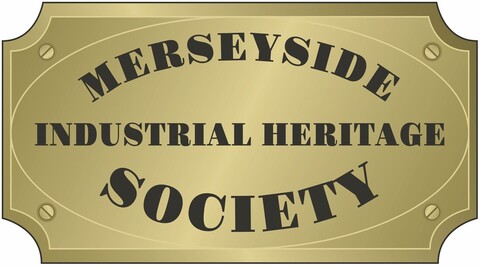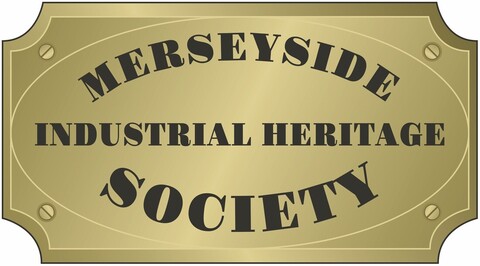Welcome to the Merseyside Industrial Heritage Society
Founded in 1964 as the North Western Society for Industrial Archaeology and History the MIHS is amongst the oldest societies of its kind in the country and is affiliated to both the council of British Archaeology and the Association for Industrial Archaeology.
MIHS provides for a winter programme of lecture meetings as well as running a number of field visits in the spring and summer months including the annual "Long Weekend" in May. A regular MIHS bulletin is sent to members.
Monthly indoor meetings are held at the Quaker Meeting House, 22 School Lane, Liverpool L1 3BT at 18:30 on the second Monday of each month usually from October to May see Diary for details. January meeting usually by Zoom. Why not come along? - New members are always welcome.
MIHS provides for a winter programme of lecture meetings as well as running a number of field visits in the spring and summer months including the annual "Long Weekend" in May. A regular MIHS bulletin is sent to members.
Monthly indoor meetings are held at the Quaker Meeting House, 22 School Lane, Liverpool L1 3BT at 18:30 on the second Monday of each month usually from October to May see Diary for details. January meeting usually by Zoom. Why not come along? - New members are always welcome.


